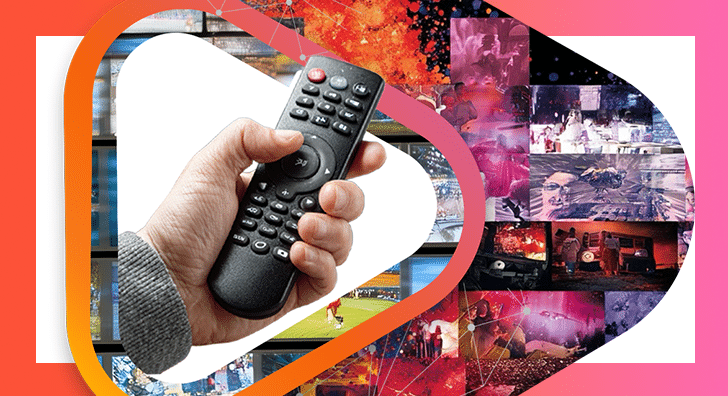Unbundled Advertiser Assets at Scale
Next to necessity, design is what motivates what we do and consume. It is evident in most decisions we make. Design is why you are wearing those clothes. Design is why you are carrying that bag or maybe no bag at all. And design is why you are reading this here.
Creative is king, but when it comes to native campaigns, advertising creative is often viewed as cumbersome. Advertisers think they need to build custom executions for each individual site – or even worse, multiple executions for each site. In reality, the best programmatic native platforms can take a small number of unbundled assets to build rich, custom units on demand without any intervention on the advertiser’s part.
Programmatic Respects Design
In his inaugural Design in Tech Report at SXSW last year, former president of Rhode Island School of Design, John Maeda, spoke to the importance of combining, “business thinking with effective design and great engineering to achieve unflagging performance.” Focusing on the need for scalability of good design, Maeda stressed, “Design isn’t just about beauty; it’s about market relevance and meaningful results.” In a world where publishers seem to have frequent redesigns, advertisers fear a stream of endless revisions for their in-feed creative deliverables. However, when buyers partner with native platforms that have a strong adherence to the design principles of the publishers they work with, creative is scalable and automated.
Making Design Scaleable for Native Ads
Before programmatic, many publishers had their own disparate approaches to native. They required advertisers to be very involved in creative executions, responding to a host of particular specs for each platform. This approach is incredibly time consuming. In turn this becomes the biggest impediment for building native programs. From adjusting for resolution to appropriately cropping a photo for the look and feel of a particular publisher, the day of a brand designer could be consumed by a seemingly endless list of tedious tasks. This amount of customization required by publishers can result in nearly endless back and forth revisions with advertisers. And ultimately, a campaign could take months to launch.
Today, advertisers see promise in using programmatic to bring automation and ad creative capabilities to native advertising, but they aren’t moving at full steam. Instead, they are still apprehensive about whether or not native can truly be automated in a beautiful and contextually engaging manner. They worry that their exceptional designers will feel as though their talents are being squandered in an effort to execute simple, but many, design edits.
Publishers are also concerned. They fear that as their native units move toward real-time bidding and programmatic processes, they will lose control over what their product looks like and their integrity will suffer a blow. This is where, Maeda feels it important “to connect the worlds of design, technology, and business together, so that people [do not continue to] see them as three different things.”
When advertisers partner with technology platforms to create native advertising that aligns itself with the look, content, and feel of the publisher’s environment, the worlds of design, technology, and business, come together to create scalable solutions. Advertisers can continue dedicating their creative resources effectively, while publishers’ continue to deliver quality content to their audience.
The Technology Connecting Design and Business.
Using a proprietary version of computer vision, a method of acquiring, processing, analyzing, and understanding visual assets, TripleLift decomposes images based on the most important elements and then renders them differently on thousands of sites resulting in a custom experience with no intervention from both advertisers and publishers. For instance, if one publisher has a spec sheet that does not meet standard size requirements, sophisticated computer vision technology can crop the photo so that valuable pieces like product imagery and logo remain seamlessly.
Getting Back to Quality Creative
The smartphone revolution has significantly increased consumer demand for quality design. Consumers expect to hit the homepage of their favorite publisher and browse through an interface that is both beautiful and intuitive. Publishers are meeting this demand by delivering quality content and expect the same care with in-feed native advertising. Creating and scaling custom, high quality, native advertising across platforms can be challenging and weigh on an advertiser’s creative teams. The room for error is non existent and in a non-automated native campaign, an advertiser’s must take great care to comply with the different design principles of publishers across all devices. When advertisers partner with a native technology platform like TripleLift, one piece of creative can be scaled to over a thousand premium publishers.
By leveraging pioneering computer vision technology, advertisers can relieve their creative teams of the burdens that come with creating traditional native advertising, and allow them to focus more on the creative strategy that compelled them to enter the world of advertising in the first place.
Sources:
https://www.wired.com/2015/03/take-expert-design-important-ever/
https://www.kpcb.com/blog/design-in-tech-report-2015
Subscribe to TripleLift Marketing Content by Email
[contact-form-7 id=”1928″ title=”Blog Form”]





